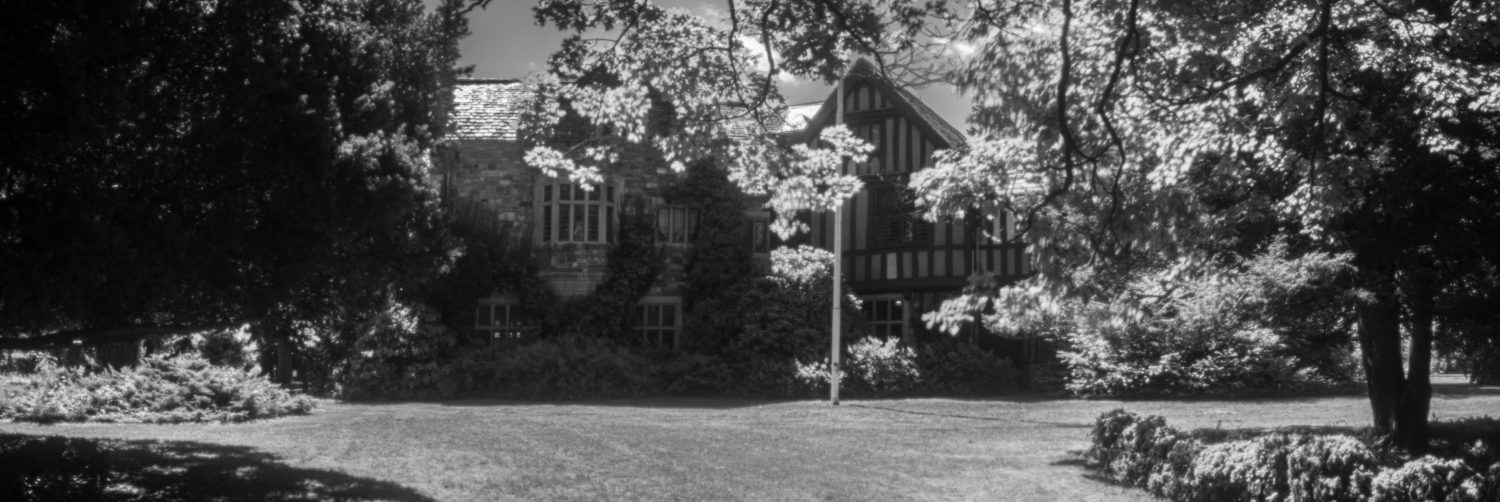While I’m on the subject of early DSLRs, Here’s another design that didn’t follow the traditional paradigm…
 |
| Olympus Evolt E-330 Four Thirds Format DSLR |
Although not as radical as the Leica R9, the E-330 and it’s predecessor the E-300 were true SLRs but without the familiar pentaprism protrusion at top dead center. This gave them a unique, streamlined appearance.
Instead of being directed upwards, the viewfinder’s optical path was turned on it’s side using a vertical swinging mirror. The image exits the mirror box from the left side (facing the back of the camera), and is then directed upwards by use of a porro mirror. This enabled Olympus to reduce the vertical height by placing the viewfinder in the familiar rangefinder location, left-of center.
 |
| Low-profile, rangefinder-like placement of the viewfinder. |
In the case of the 330, it also allowed them to squeeze in a second, smaller CCD to provide full-time Live View even when the mirror is in it’s “down” position. This was the first camera to accomplish this feat.
It’s a testament to the iconic nature of the traditional SLR design that it survived these initial diversions. Olympus later adopted the more familiar look for their short-lived line of Four Thirds SLRs, now discontinued. The FT format promised compactness, but was aped by larger-sensored APS-C DSLRs like the Pentax K-r.
So strong is this icon, that many cameras are styled to look like SLRs even though their design doesn’tt call for it. With the E-300 and E-330 though, form really does follow function. The canted corner on the left side of the camera belies the angled mirror beneath.
These cameras were good performers, with a solid look and feel. They held up well to semi-professional use. A battery grip was even available for them.
 |
| Evolt E-300 with Battery Grip |
If it bears a similar resemblance to the Lumix DMC-L1, it’s only because Olympus and Panasonic were working together in developing these early DSLRs. In fact, the E-330 shares its mirror box and sensor with the DMC-L1. However the Lumix does not employ a second CCD sensor for full-time, mirror-down Live View. What’s peculiar is that the two cameras do not share lenses; whatever agreement Olympus and Panasonic had, Leica was to supply the branding and optical formulas for Lumix lenses.
Of course the Leica lens could easily be mounted to the E-330 due to the universal nature of the Four Thirds system. This means that the excellent Leica D Summilux 25mm f/1.4 will work just fine on the E-330.
The two cameras are distinctly different with different operating features but similar performance. Perhaps the biggest difference is that the E-330 features 20 scene modes, while the DMC-L1 has none. They also use different storage media; the E-330 is compatible with Compact Flash and xD-Picture Cards.
